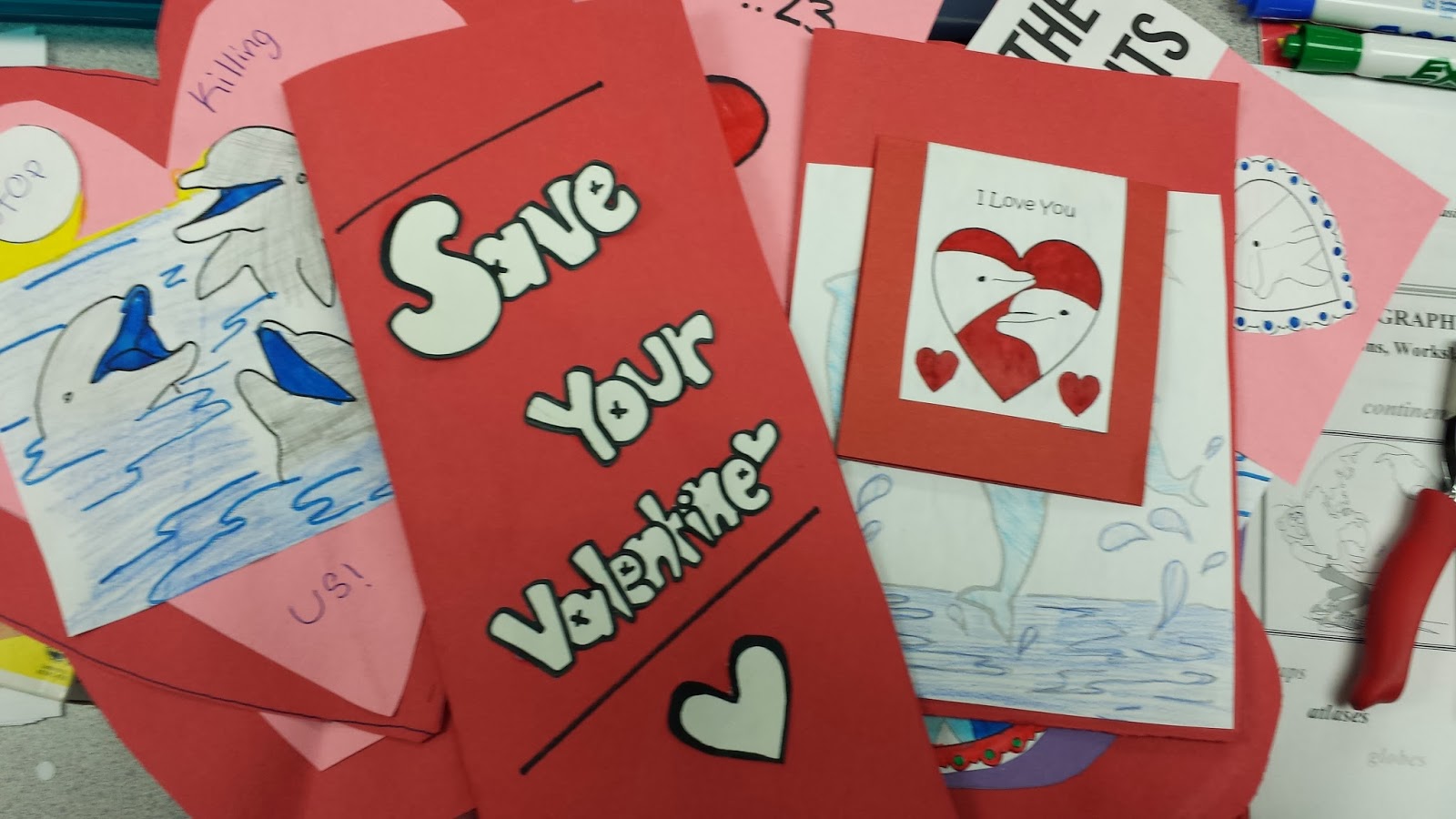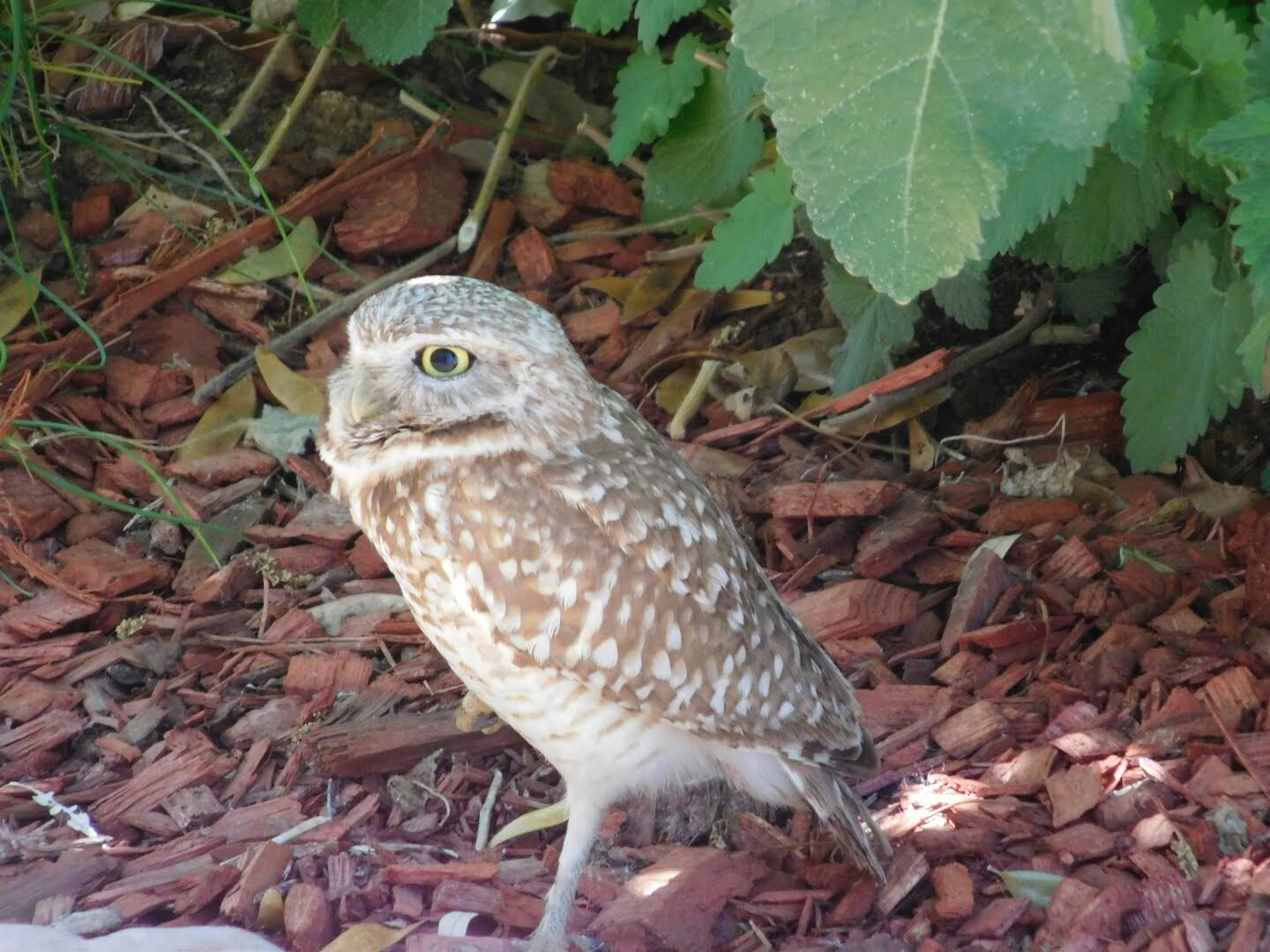Which is like magic.
Living a greener life has become a very common goal here in the western world. I would suggest that it is actually our responsibility to do so as a citizen of this planet. There are some easy ways to greenify your life and all it takes is a bit of planning on your part to Reduce, Reuse, and Recycle.
Reduce
This is the most important of these three activities. If you don't have the waste to begin with then you don't have to bother to get rid of it. I had a professor in college that used to tell us that "Everything goes somewhere.." This I found out later was one of the laws of ecology as stated by ecologist and physicist Barry Commoner. You can't throw something away and think it disappears. Anything you put in the garbage, dump down the drain, or on the earth goes someplace. It goes to water treatment where all that stuff is taken back out of the water and then put in a landfill somewhere. It could go into a landfill and stay there for much longer than you will be alive. It could blow around on the earth until its blown into a river. I can tell you from observation that most trash that makes it into a waterway does not come out. Maybe it goes all the way to the ocean and collects there or traps some helpless animal. Reducing waste sounds like a good idea. The absolutely easiest way to reduce plastic is to stop using those annoying and very destructive plastic shopping bags. Take reusable bags to the store. I saw many people doing this when I was travelling in England but it still hasn't caught on in the US as much. What if we all did it? Believe me, those plastic bags will be illegal someday so start today.
I signed a pledge to protect sea life by not using plastic straws a few years back. It didn't seem like a big thing to do. That was until I found out just how often you use those little disposable plastic straws. Can you imagine how many you actually use in one year? How about your whole family? It turns out that the citizens in the United States use about 500 million plastic straws a year. They aren't recyclable or biodegradable because petroleum plastics are designed to last FOREVER so they just sit in landfills or litter our waterways and beaches. They are one of the top 10 marine debris items. One straw can kill a dolphin or seal who unfortunately do accidentally ingest them. Thinking of a few one use plastics that you could give up for good could really help. I ended up just not using straws for a long time. I had heard they caused wrinkles around your mouth anyway! Unfortunately, sometimes I would actually miss a straw so I searched for an alternative. I now have some great stainless steel straws that can be reused. You can find them here.
Reuse
 It takes energy and transportation to recycle things so reusing is still more beneficial than recycling. A great place to get ideas for reusing things you buy is pinterest. Search reuse ideas and you will come up with some things you haven't thought of before to reuse, and upcycle. The picture of the bird feeder is one of my favorites for broken dishes and china. I have a broken crystal bowl that I have used for fruit for 20 years that I will be using as a planter in my garden very soon. Other things that can be reused are plastic containers from food items and those annoying plastic bags! Anything that doesn't go immediately into the trash helps the earth.
It takes energy and transportation to recycle things so reusing is still more beneficial than recycling. A great place to get ideas for reusing things you buy is pinterest. Search reuse ideas and you will come up with some things you haven't thought of before to reuse, and upcycle. The picture of the bird feeder is one of my favorites for broken dishes and china. I have a broken crystal bowl that I have used for fruit for 20 years that I will be using as a planter in my garden very soon. Other things that can be reused are plastic containers from food items and those annoying plastic bags! Anything that doesn't go immediately into the trash helps the earth.
Recycle
If you still have things left over after reducing and reusing you will need to recycle. Recycling is a small amount of effort for a big payoff for the earth. Check with the city you live in for what can be recycled in your area. It is also helpful to know if you need to rinse out the things you recycle and if you can recycle glass. If you recycle everything you can you will probably end up having less trash than recycling. Things that I can't recycle like clothing and furniture usually go to charity as a donation.
Another way to recycle organics is to compost your food scraps. This composes a large amount of the waste that ends up in landfill year after year. Grass clippings, egg shells, fruit and vegetable peelings, teabags and many other items can be composted to make high quality soil for your garden. If you live in a desert like myself you will need to add water to make this work. This is a great article for composting in the desert here.
I will end this with an earth blessing that I like to say because I love the earth and its inhabitants and hope I have made a difference when my time is done here.
Serpent, dolphin, wolf, and owl
Bring forth human care and understanding
To impart an earth that is not so foul
Precious are her many realms
Of land and sea and sky so fair
Protection, action, and compassion
All of these I vow and swear






































